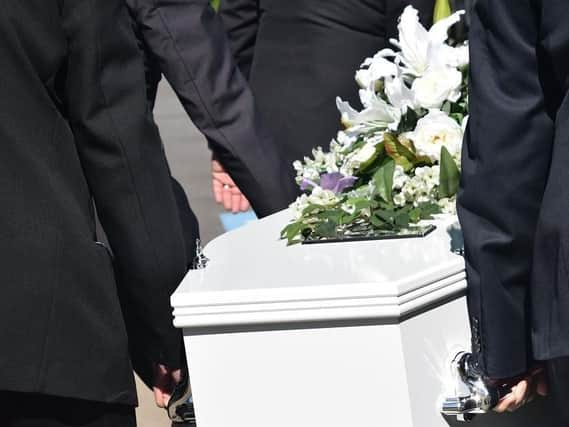Number of deaths in Doncaster care homes rising, show figures


The latest data from Public Health England, (PHE), reveals that about 19 per cent of the deaths registered in 2016 in the borough occured in care homes, up from only 15 per cent five years earlier.
Experts in ageing have urged the Government to put more funding into community care to increase the number of nursing home beds available to meet the future demand in response to the figures.
Advertisement
Hide AdAdvertisement
Hide AdA recent study published by King's College London highlighted that care homes will be the most common place where people die by 2040, overtaking hospitals.
The PHE data identifies the four most common places of death as hospitals, care homes, hospices and homes.
Although most deaths in Doncaster still occur in hospitals, the number has fallen in five years - from 1,667 in 2011 to 1,573 in 2016.
Only 26 per cent of the deaths occured at home and 4 per cent in hospices over the same time period.
Advertisement
Hide AdAdvertisement
Hide AdThe King's research says that most people prefer to die in the place they are usually cared for, including home, rather than in a hospital.
Anna Bone, lead author of the study, warned that hospital deaths could rise further unless capacity continues to increase in care homes.
She said: 'The projected rise of deaths in care homes is striking and warns of the urgent need to ensure adequate bed capacity, resources and training of staff in palliative care in all care homes in the country.
'If we are to continue enabling people to die in their preferred place, it is essential to invest more in care homes and community health services.
Advertisement
Hide AdAdvertisement
Hide Ad"Without this investment, people are likely to seek help from hospitals, which puts pressure on an already strained system and is not where people would rather be at the end of their lives'.
Professor Irene Higginson, director of the Cicely Saunders Institute, a group of researchers on palliative care, added: "We must ask care home and community services whether they are equipped to support such an increase, and provide care of quality.
"The time has come to test new approaches, such as innovative palliative care models in care homes and the community, to ensure we address this growing need which will affect us all.
'Otherwise we will be faced with more deaths in hospital, or poor quality end of life care or both.'
On average, 47 per cent of deaths registered in England in 2016 were in hospitals.